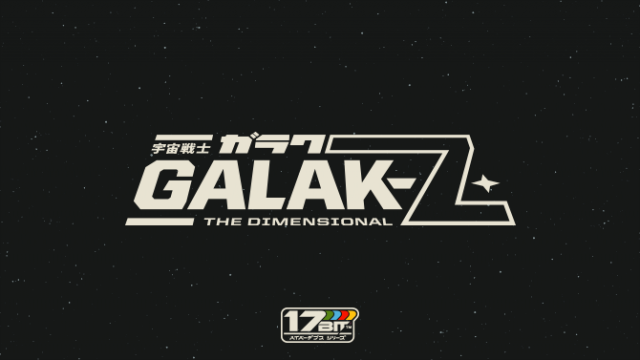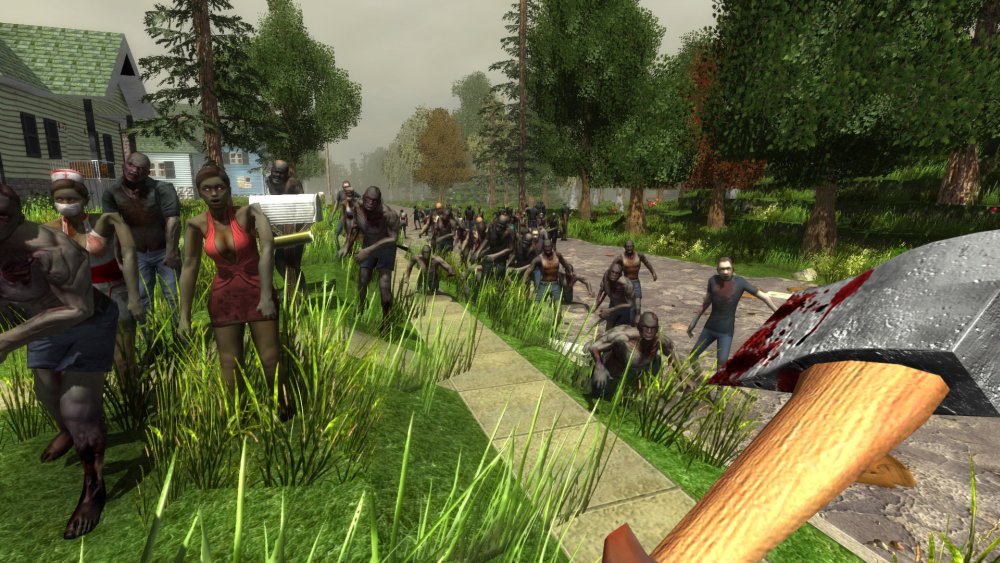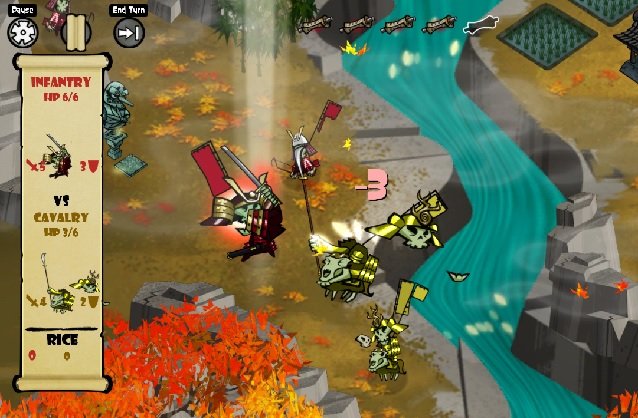

The concept of matching numbers and characters for fun has existed for over 1,500 years – it’s a genre popularised back in 500BC in China with mahjong (a game matching decorated tiles with one another) and more recently enjoyed with the card game snap (in which you yell out ‘snap!’ when a card that matches any of the ones in your hand shows up), it has been constantly enjoyed thanks to its casual nature and its simplicity.
It’s in this vein that Sirvo, the independent development team of Greg Wohlwend, Jimmy Hinson and Asher Vollmer created Threes!, their very first game, Threes! was in development for 14 months as the trio deliberated on just what players would be matching, with sushi rolls and chess pieces once in the running. That long development time (in comparison to most mobile games) paid off though as Threes! was a breakout hit last year and Apple named it as the best iOS game of 2014.
And it’s not hard to see why so many players took to it, as Threes!‘ gameplay mechanic is remarkably simple. Players are presented with a 4×4 grid, that gradually becomes loaded with red blue and white tiles of 1, 2 and 3. Swiping vertically and horizontally, 1s slide into 2s to make 3, 3s slide into other 3s to make 6 and so on and so forth until you’ve done your math teacher proud. The aim is to create the highest multiples of three that you possibly can until the board fills up and you can’t move anywhere else.
Once the board is chock full of tiles it’s game over and the game adds up the totals for a final score. A player’s continued attempts of beating that score means that Threes! is as much of a tactical puzzle game as it is a casual match-em-up.
The task of filling the grid of 96s and beyond is made the smallest bit easier by the ‘next’ bar that sits above the grid. After each swipe, the next bar will change, showing either a blue, red or white tile to indicate that the next tile to enter the board will be either a 1, 2 or a 3 (respectively). Occasionally Threes! does try and trick you by saying that the next tile will be either a 3 or a 6 but this doesn’t particularly hinder things. The next bar allows you to decide the best place for the upcoming tile and so if you need another 3 tile on the left side of the grid you swipe right to accommodate it.
A slightly less helpful mechanic is the ability to ‘nudge’ tiles off of walls. As Threes! success encourages grid management (a key tip in the tutorial is to make sure your board isn’t too filled with 1s and 2s), making sure that tiles are in the right place is key to getting a four digit score on the leaderboard against your friends (the game also stores all of your scores in-game if you want to see how well you’re doing). So in theory, nudging should help.
The idea being: if a player pushes a tile into a wall, the wall will nudge it in the opposite direction, making it easier for you to match it with another tile of its kind. While this tactic usually works, the way that the game sticks tiles together and makes them move together in rows or columns rather than individually, means that you’ll often end up bumping other tiles that you didn’t mean to. It’s a difficult skill to master.
The cycle of tile sliding and restarts is easy to pick up and play but in the same respects, Threes! simplicity is also its biggest issue. Trying to beat your high score is addictive for a while but with just one mode on offer, the experience’s structure is admittedly slim. The game also offers a collection of 12 collectible tile types (each with their own voices, names and one sentence bios) and a handful of achievements but as these don’t offer players much to strive for, they don’t really make the gameplay feel any less repetitive.
That said, if people aren’t looking for an addictive game and are looking for a well-made mobile title to eat up some of (not all of) their time instead, then Threes! comes highly recommended. 2048 is a free rip-off of the Threes! formula but what you’re paying for here is a level of charm and adorableness that few other games offer.
That’s down to the game’s clean interface (which looks just as lovely in the dark coloured, night variation) as much as it’s down to the ‘oohs’, ‘ahs’ and toothy smiles of those aforementioned tile types, but match these aspects together and Threes! goes from a humble game about mathematics to a delightful little title to be enjoyed in moderation.
Threes! is currently available on iOS, Android and Xbox One.




 Divinity: Original Sin 2 Wiki – Everything you need to know about the game .
Divinity: Original Sin 2 Wiki – Everything you need to know about the game . Bloodborne Tips & Tricks
Bloodborne Tips & Tricks 7 Days To Die - Surviving Your First Night!
7 Days To Die - Surviving Your First Night! Skulls of the Shogun: Bone-A-Fide Edition Review: Loose Strategy with Adorable Undead
Skulls of the Shogun: Bone-A-Fide Edition Review: Loose Strategy with Adorable Undead Can you become EA Sports UFCs Ultimate Fighter?
Can you become EA Sports UFCs Ultimate Fighter?